This series of blogs deals with the Walt Disney Company’s participation in the 1964-1965 New York World’s Fair, a watershed moment in the entertainment giant’s history. This installment focuses on Ford Motor Company’s Magic Skyway.

- LOCATION: Transportation area.
- SPONSOR: Ford Motor Company.
- MAIN ATTRACTION: Ford’s Magic Skyway.
- RIDE SYSTEM: Ford Motor Company convertible cars (160 in total, sans engines and transmissions) carried along on a system of 1,236 constantly spinning drive wheels embedded in a track.
- CAST: Dozens of prehistoric Audio-Animatronics cavemen, cavewomen and dinosaurs.
- NOTEWORTHY SONGS: “Auto Parts Harmonic,” “World of Tomorrow” (ride exit theme).
Right from opening day at the New York World’s Fair, Ford Motor Company’s Magic Skyway attraction was among the most popular shows on the Flushing Meadow, Queens, fairgrounds.
But despite the popularity, Ford CEO Henry Ford II felt something was missing from the show, which featured dozens of snarling, bellowing dinosaurs and grunting cavemen and cavewomen.
The presentation needed a little more oomph, he felt. It needed Walt Disney. So, Ford asked Walt Disney if he would be the ride’s narrator for the 1965 season.
Ford’s Magic Skyway was an ambitious project on so many levels. The basic storyline put guests in brand new Ford Motor Company vehicles – all convertibles, so guests wouldn’t hit their heads while entering and disembarking – where they would take a journey through time, from prehistoric creatures roaming the Earth to the dawn of man, to the invention of the wheel to a glimpse of what a future metropolis might look like.
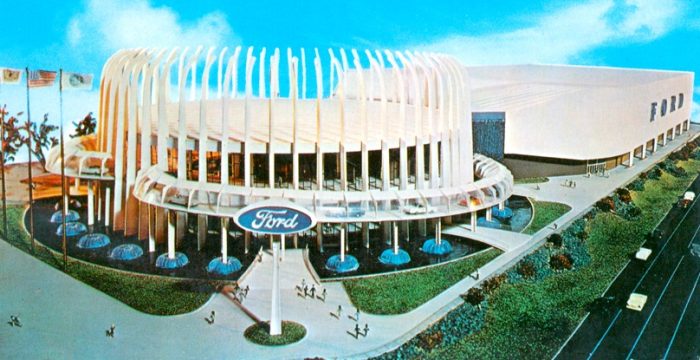
But unlike Ford’s attraction in the 1939-1940 World’s Fair, where Ford employees drove real cars [thus limiting rider capacity], a new ride system had to be developed to make the journey more enjoyable, efficient, and realistic. In addition, the still-under-development Audio-Animatronics technology needed to grow up … and fast.
Bob Gurr, who literally had a hand in all four Disney-created World’s Fair shows, was tasked with coming up with a ride conveyance for the approximately 12-minute trip that would be capable of transporting actual Ford vehicles and their passengers along a continuous route as they time-traveled through millions of years.
Ironically, Gurr worked for the Ford Motor Company as a car stylist before he headed West and was hired by Disney in 1955 to help design and build the Autopia cars for Disneyland.

The time-traveling attraction took guests from the Jurassic period to a glimpse into what the future might look like. Featured during the journey were a variety of Audio-Animatronics figures, ranging from cavemen to huge, menacing-looking dinosaurs.
The genesis of that new ride system can be traced to the Matterhorn attraction, which Gurr was instrumental in designing.
“If you take a close look at the Matterhorn,” Gurr explained, “it has little rotating drive wheels at the crest of the hills — and this was a new invention by Arrow Development — which meant if the roller coaster car was going a little bit too slow at the top of the hill, these rotating wheels would boost the car ahead. Or if the car was going too fast, it would slow it down and that’s why we call it a booster brake … you wanted the roller coaster car never to stop at the top of the hill.
“Walt was in a conversation in Detroit, talking to Henry Ford II and discussing how we’re gonna move people through a show and we’re gonna use cars like the Ford Motor Company did in the 1940 World’s Fair, where they drove people.
“And Walt tells Henry Ford, ‘Well, we’ll just automate it, we’ll just have the cars automatically run. And Henry Ford says, ‘How you gonna do it?’ and Walt says ‘Oh, well we’ll do it with the booster brake system we have on the Matterhorn.
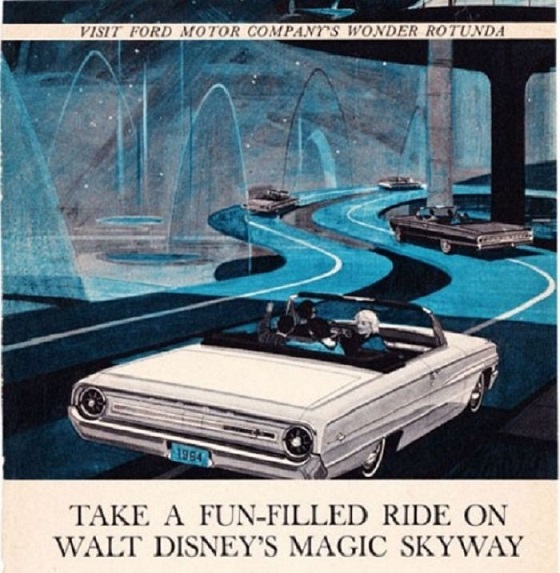
According to Gurr, the booster brake system was a logical way to go.
“Ford immediately started working with us,” he said. “Their plant engineering department, a bunch of really nice guys, they toured me all over Detroit showing me how assembly lines work. They started designing a system in parallel to ours and after a while, it turned out that their thing didn’t have a ghost of a chance of working.
“They had to sort of swallow their pride and say, ‘Well, there’s some guy who’s not a licensed engineer and he works in a movie studio somewhere in the west and he’s gonna make these cars move.’
“I designed the entire system. Visualize this: You’re a Ford engineer and you’re in charge of moving vehicles in an assembly line and now you’re told there’s some movie studio gonna move your cars in their show.
“As it turned out, Ford helped us a great deal even though I don’t think they ever trusted that we knew what we were doing. But when we installed the system and the first time we turned it on, it worked … to their great amazement.
“It was very funny, when we turned the machine on in the Ford pavilion, I ran it for three or four minutes and then we turned it off and I heard all this screaming and yelling and I thought, ‘Oh, my goodness, what happened?’ It turned out these were the Ford people that were yelling in joyous happiness that this sucker works!”

“What we want to provide guests at the Ford pavilion is an entirely original experience, something no one has ever seen or done before,” Walt said leading up to opening day.
The experience began with a pre-show in the Ford Wonder Rotunda, a reception area with an international flavor [in keeping with Ford’s mission as an international company]. To that end, a miniature village was created to highlight the 11 countries where Ford manufactured automobiles. The village was based on the same concept as Storybook Land in Disneyland.
Following the International Gardens area, guests moved into the Theme Center, highlighted by a giant mural, with 96 sculpted panels designed by Disney Legend John Hench.
Once guests boarded their shiny Ford vehicles – including the new Mustang, which was introduced at the Fair – they were taken around the outside of the building in a glass-enclosed tube before passing through a “time tunnel” and back in time.
In 1964, Disney television announcer Dick Wesson provided a narration that could be heard from each car’s radio speakers. The script for the narration was written by Marty Sklar and, coupled with background music composed by George Bruns, provided a dramatic, informative, and entertaining show. When Henry Ford II decided to replace Wesson with Walt Disney, Walt agreed.
“We recorded Walt early in the morning in early 1965 at the Disney Studios,” Sklar said. “He had a terrible cough and kept blowing the lines.” At the beginning of the session, Walt was apologetic. “Pardon me,” he said at one point.

“When he blew the lines, the language was not what you’d expect. He said, ‘Marty, you’re going to cut out all this [stuff] before you send it back to Ford, right?’ It took a long time, but we finally got a great take.”
“Thanks to some old-fashioned magic we call imagination,” Walt began his narration, “this Ford Motor Company car will be your time machine for your journey.”
After the Fair closed, many of the dinosaurs used in the Ford attraction were trucked to Disneyland, where they became part of a diorama sequence that can be seen from the Disneyland Railroad.
And many of the Mustangs used on the Magic Skyway show enjoyed second lives following the Fair – as actual cars! After their engines were put back under the hoods and all the parts were reconnected, the classic cars were offered up for sale to the general public.
Several of those “Fair Mustangs” are still in the possession of their proud owners to this day.

In WDW’s Magic Kingdom, there’s the WEDway PeopleMover, while the Journey into Imagination pavilion at EPCOT is propelled by drive wheels attached to small motors along the track.
Last in a five-part series.
Chuck Schmidt is an award-winning journalist and retired Disney cast member who has covered all things Disney since 1984 in both print and on-line. He has authored or co-authored seven books on Disney, including his On the Disney Beat and The Beat Goes On for Theme Park Press. He also has written a regular blog for AllEars.Net, called Still Goofy About Disney, since 2015.



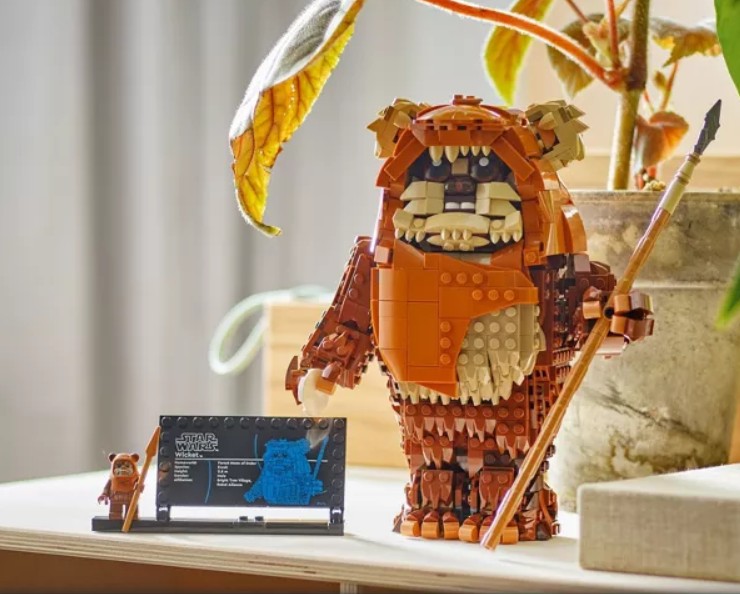

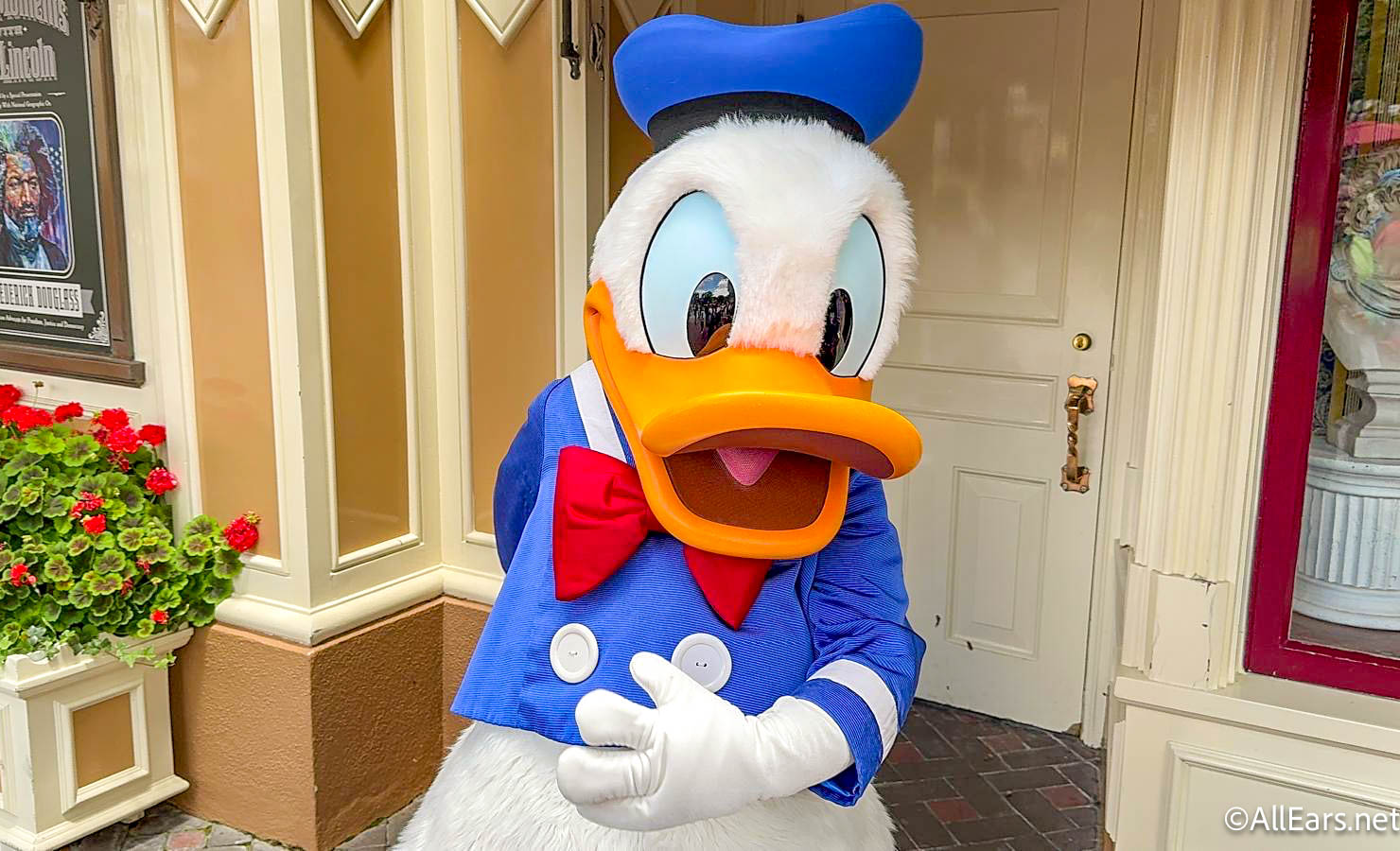
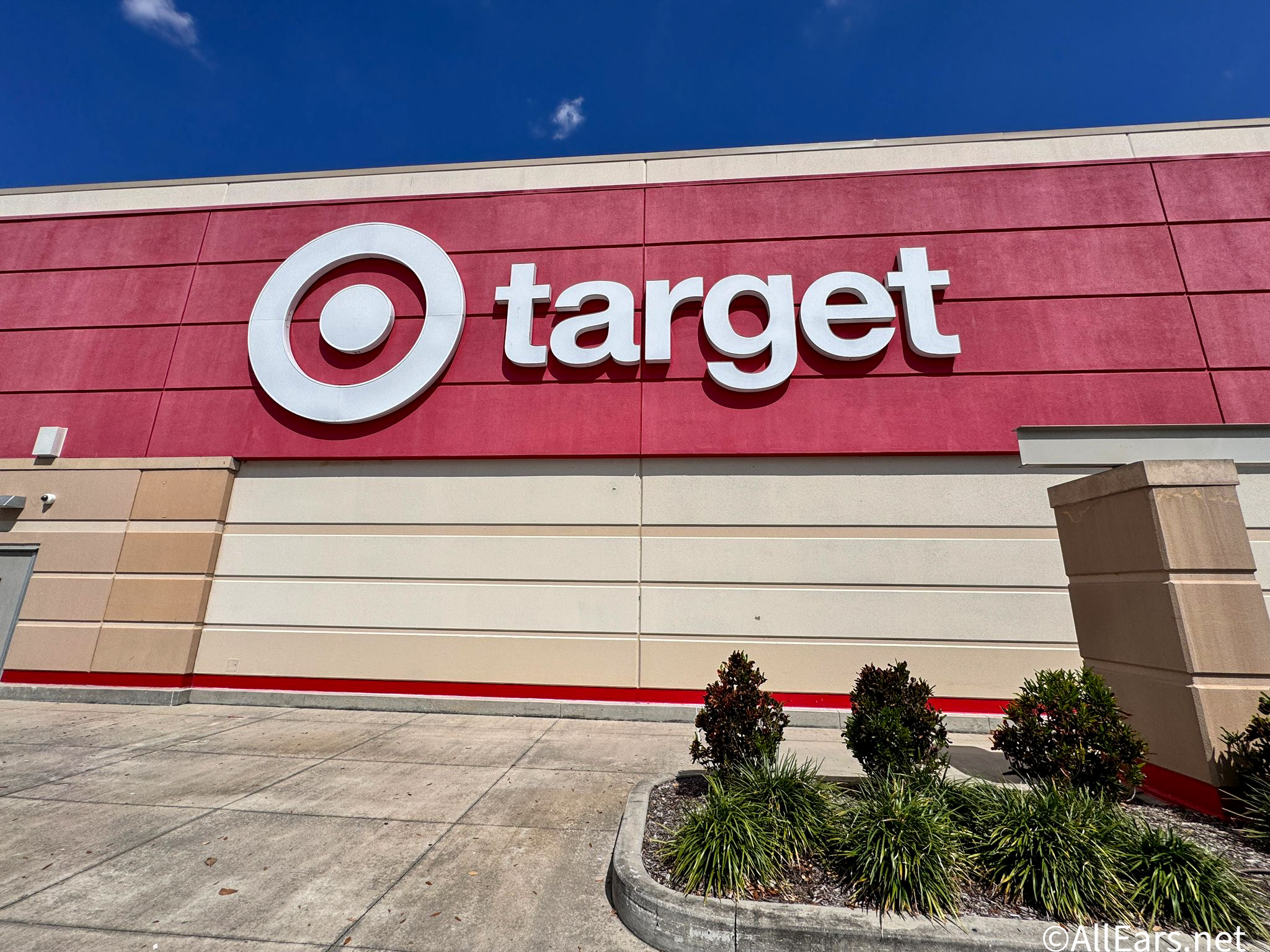
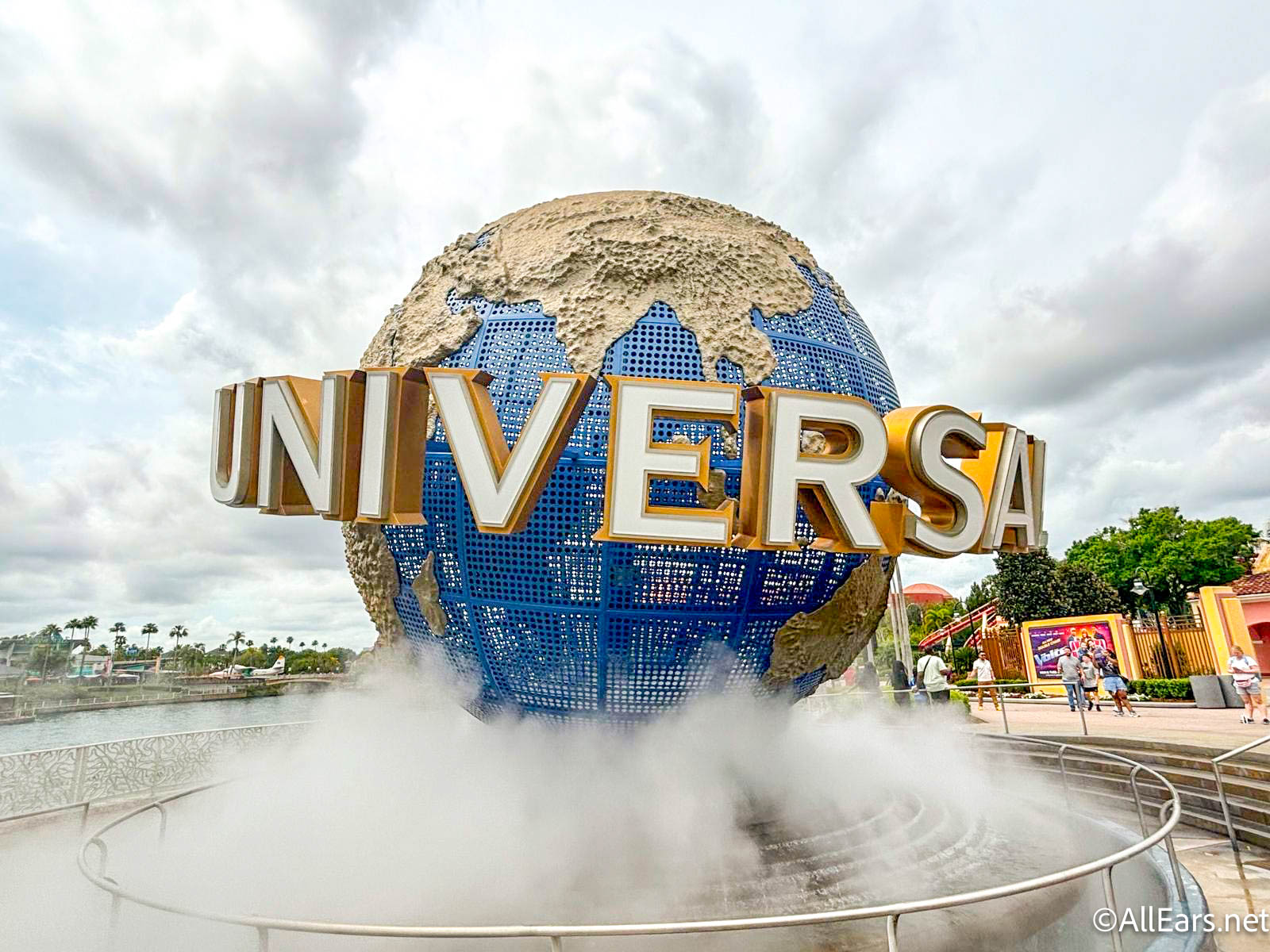








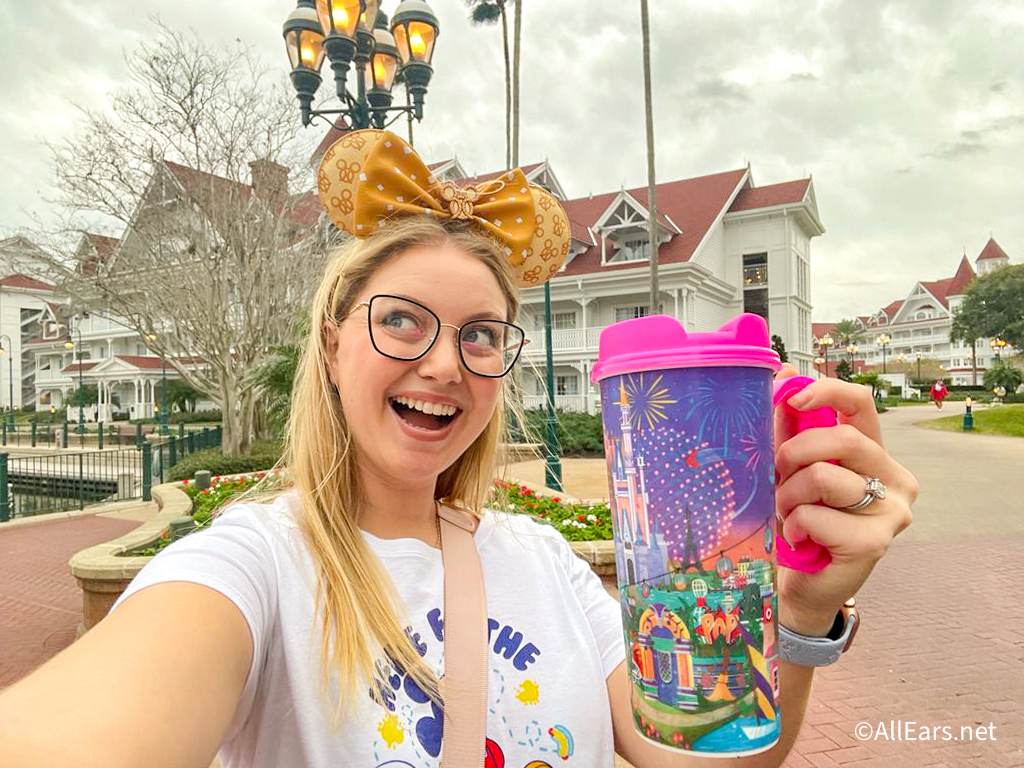
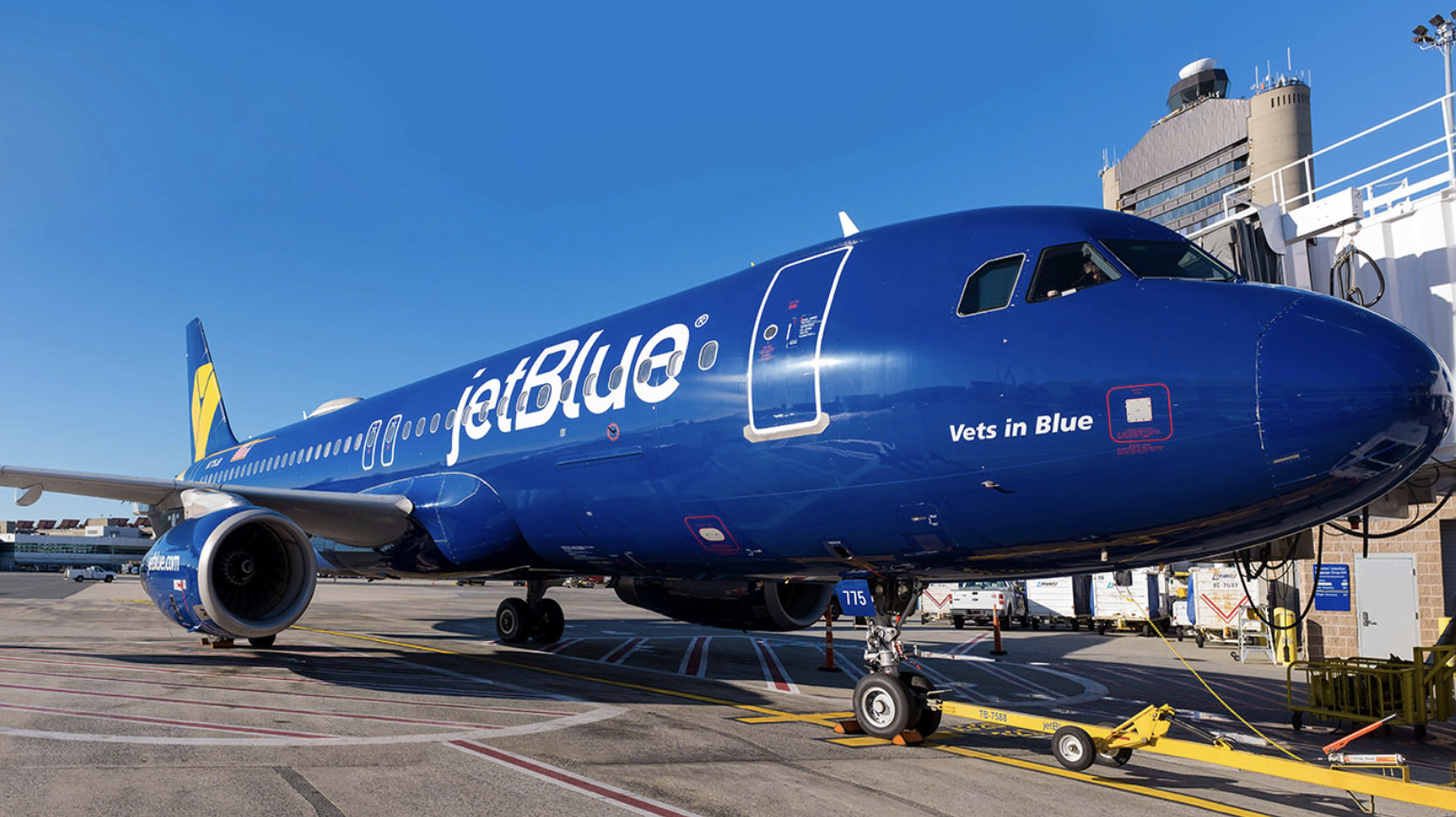

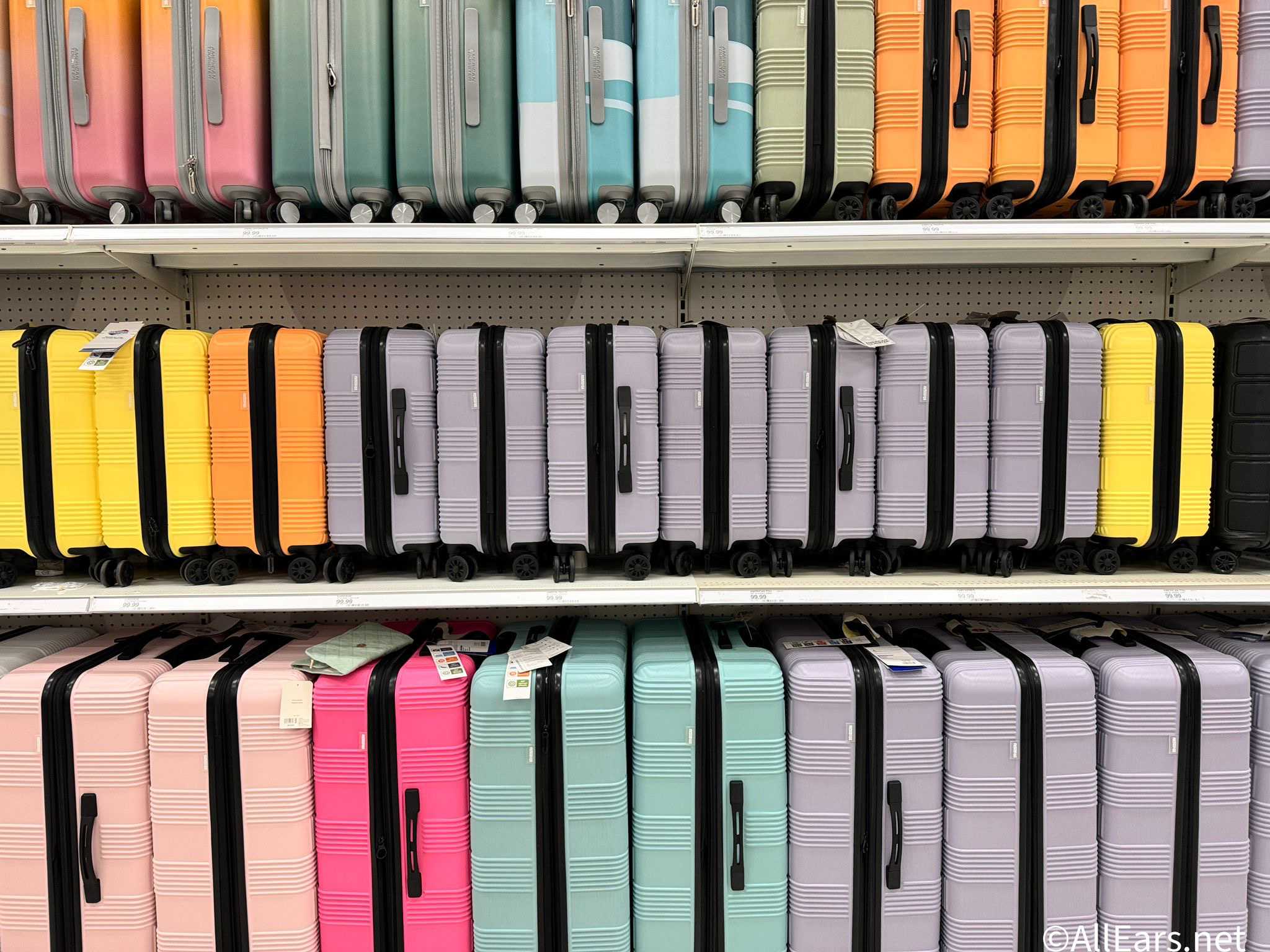
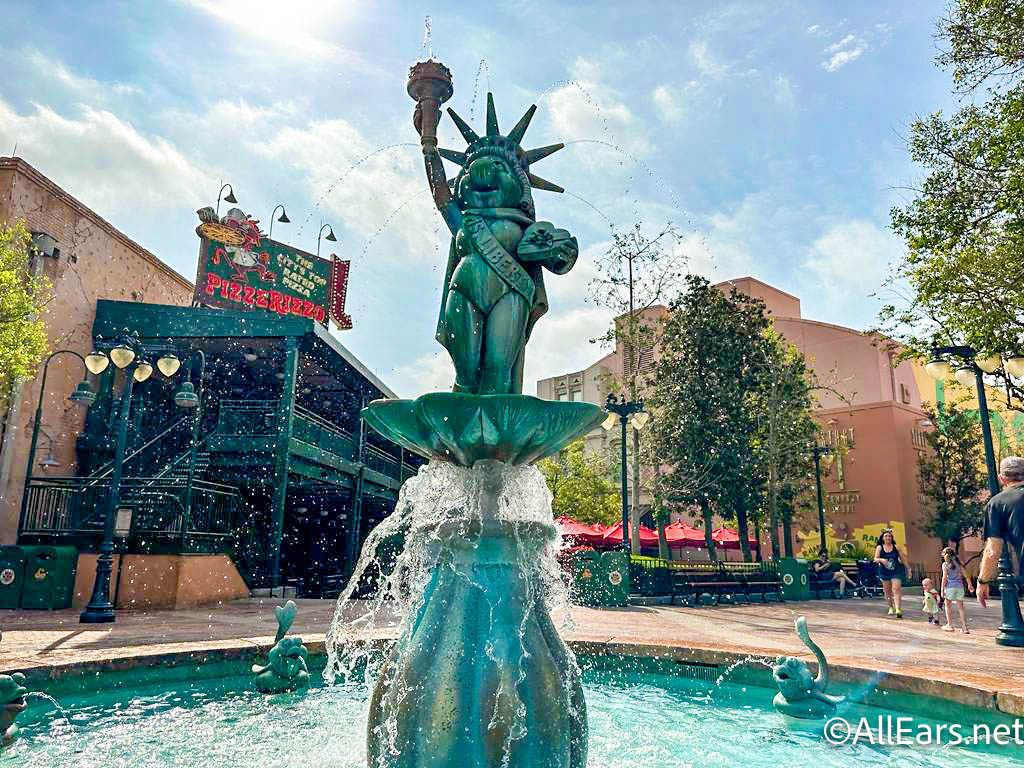


I’m from NJ and I remember going on the Skyway at the World’s Fair when I was 11 yrs old. Also, It’s a Small World and Carousel of Progress were there. And I’ve been riding Prince Charming Regal Carousel since I was a baby – it was at Olympic Park in NJ before it was at WDW.
Great article about one of the most innovative attractions at the Fair. One small correction however, the Peoplemover at Magic Kingdom does not use the motor-driven wheels, that would be the Peoplemover at Disneyland Park in California.